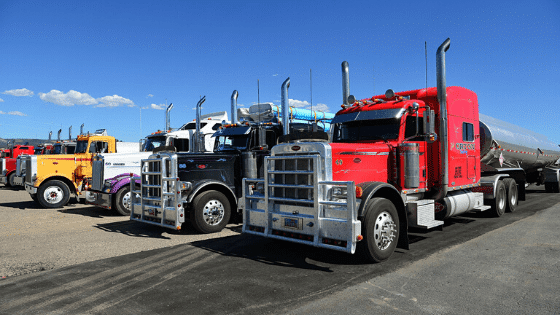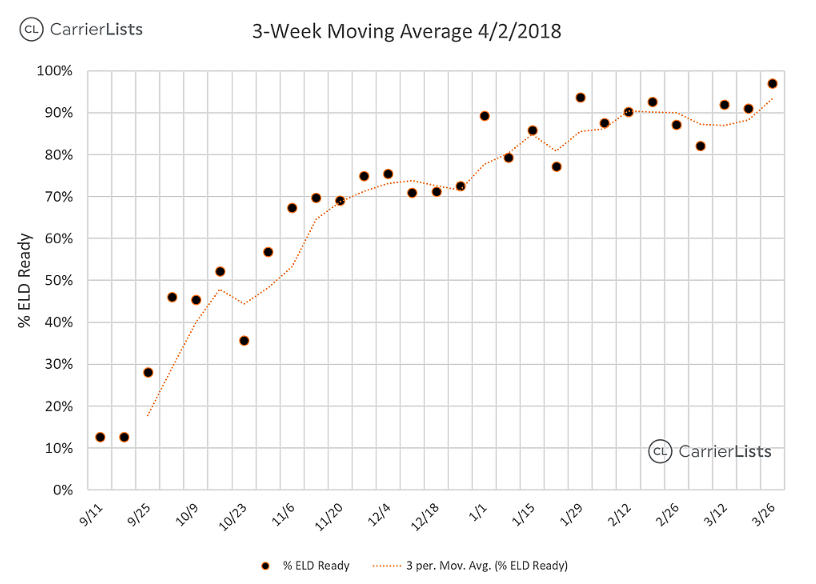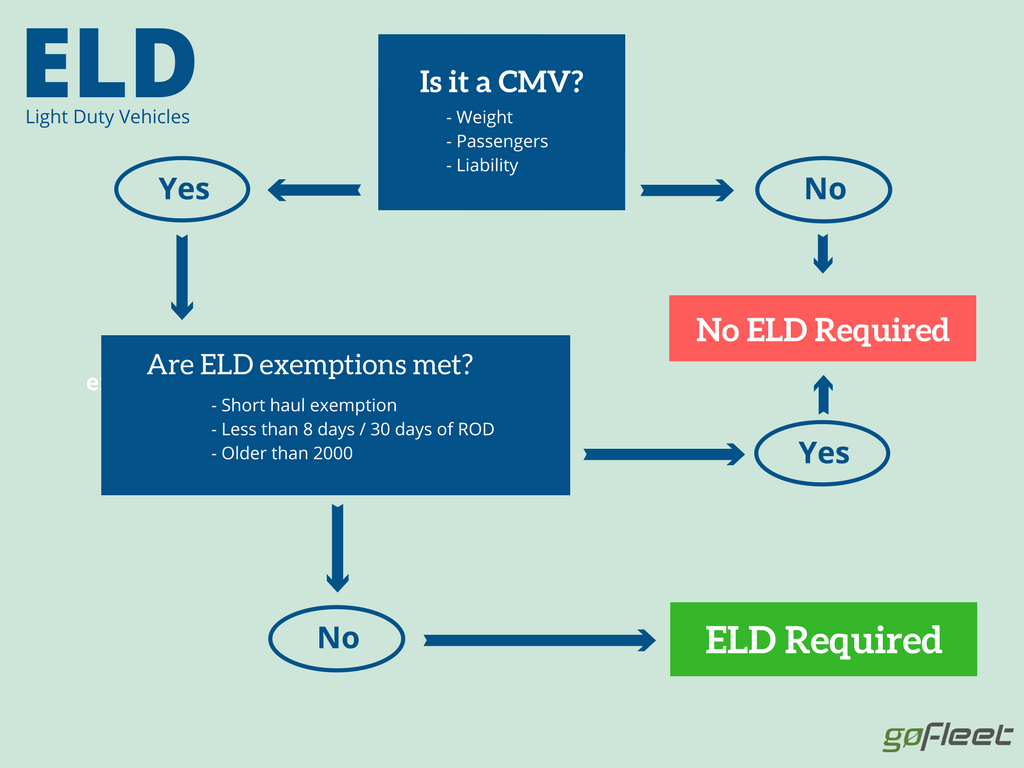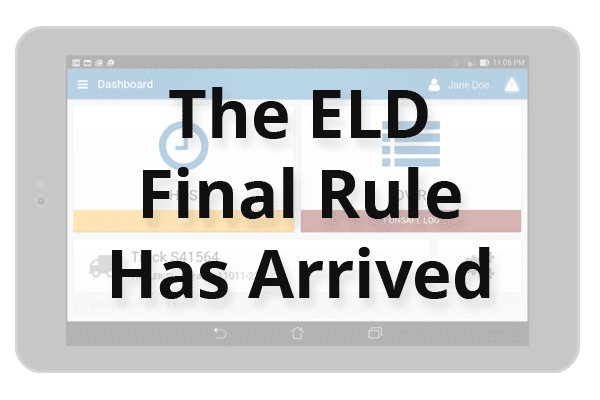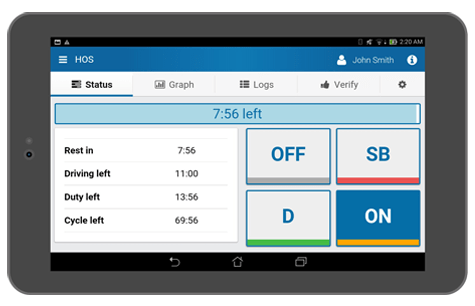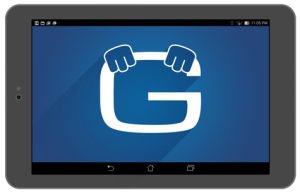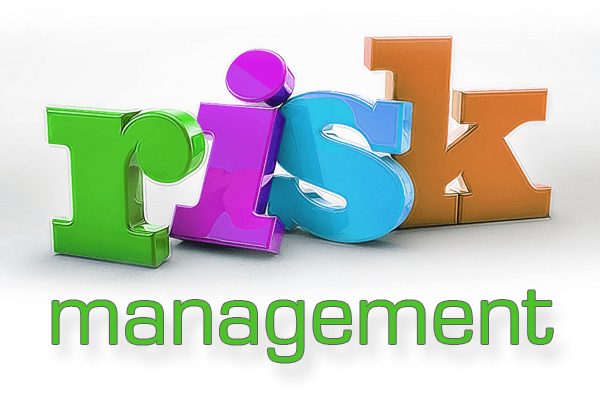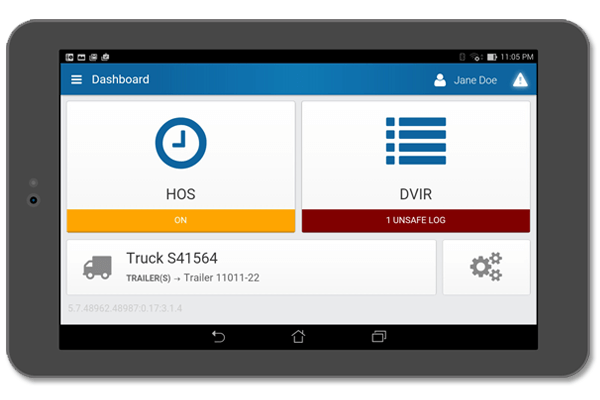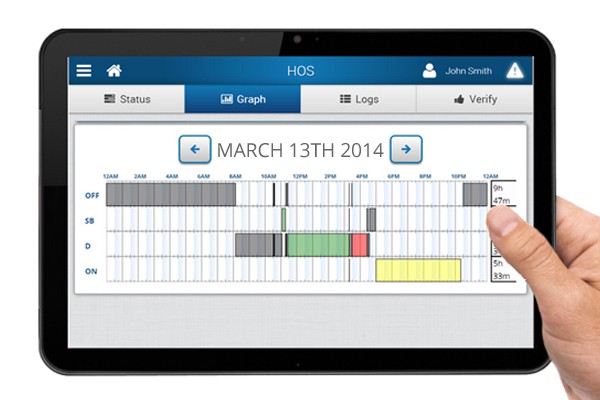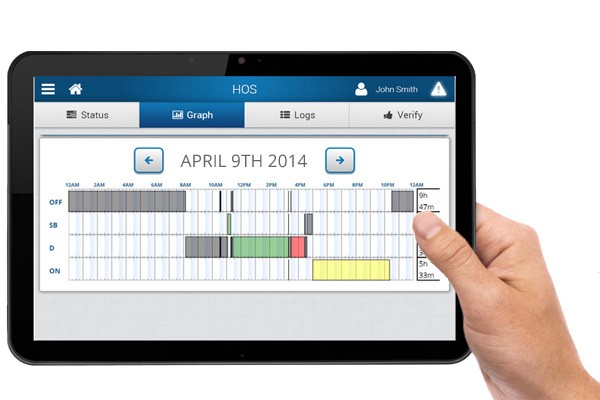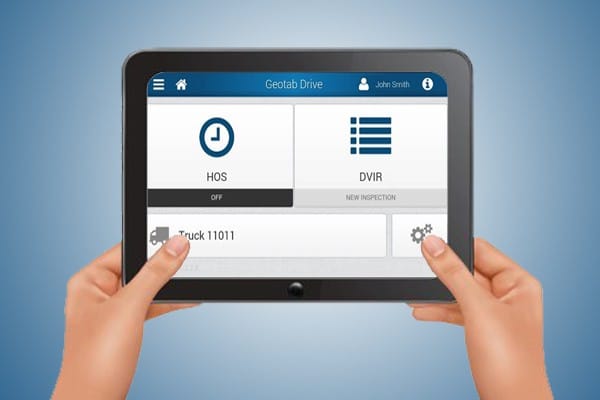In the recent weeks the trucking industry has been praised for being a key component to the economy. As it employs over seven million people and moves approximately 70% of the nation’s domestic freight, many have found that during an unprecedented time, it was truly an essential industry. With this being said, to help allow the commercial transportation to keep moving some modifications to regulations and rules have been made.
Hours Of Service Modifications
On May 14, 2020, the FMCSA announced that there would be upcoming changes to the Federal Hours of Service Rules for commercial driving. Such updates are expected to modernize the HOS regulations and provide the U.S. economy as well as American consumers an estimated $274 million in annualized savings. The revisions were previously discussed and reviewed by the FMCSA in August of 2019. Below are the four main revisions.
- Adjustments for the 30-minute break rule so safety and flexibility can improve
- After 8 hours of consecutive driving, a driver is able to use their required break as being on-duty but not driving rather than being off-duty
- Drivers will be able to split their required 10 hours off-duty into two periods (either an 8/2 split or 7/3 split) with a sleeper-berth exception
- Neither split will count against the driver’s 14 hour driving window
- The maximum window of when driving is permitted will be modified to extend by two hours
- For certain commercial drivers, the short-haul exception will change by lengthening the drivers’ maximum on-duty period to 14 hours (from 12 hours) and extend the distance limit to 150 air miles (from 100 air miles)
It is important to note that the removal of a key point of the 30 minute to 3 hour pause to the work day from The Notice of Proposed Rulemaking (NPRM) is not part of the Final Rule.
These modifications will go into effect on September 29, 2020.
For more information about these modifications and other news or regulations pertaining to the commercial transportation industry, visit: FMCSA’s Website
How The Commercial Transportation Industry Will Be Affected
Since there is more focus to ensure that drivers are having adequate sleep and rest while they are on the road to reduce fatigue related road incidents, fleet managers can’t risk falling behind on ever-changing rules. When discussing these new changes, it’s important for commercial drivers to understand how their fleet technology may be impacted.
Rulesets For Electronic Logging Devices
For those using Geotab Drive ELD’s, Geotab has noted their commitment to following ANPRM and NPRM processes with Partners and associations. Meaning they are making relevant changes to the device rulesets in time for it to be used by the official effective date (September 29, 2020). As a long time partner of Geotab, we can ensure that our customers who use these devices have nothing to worry about and should keep their eyes open for further communication about device ruleset updates!
Interested to learn more about how your fleet can better abide to strict regulations, save hundreds of dollars or even improve the driving conditions of your team? Contact us today! Regardless of your needs, we have consultants who specializes in every aspect of your fleet who can help!
